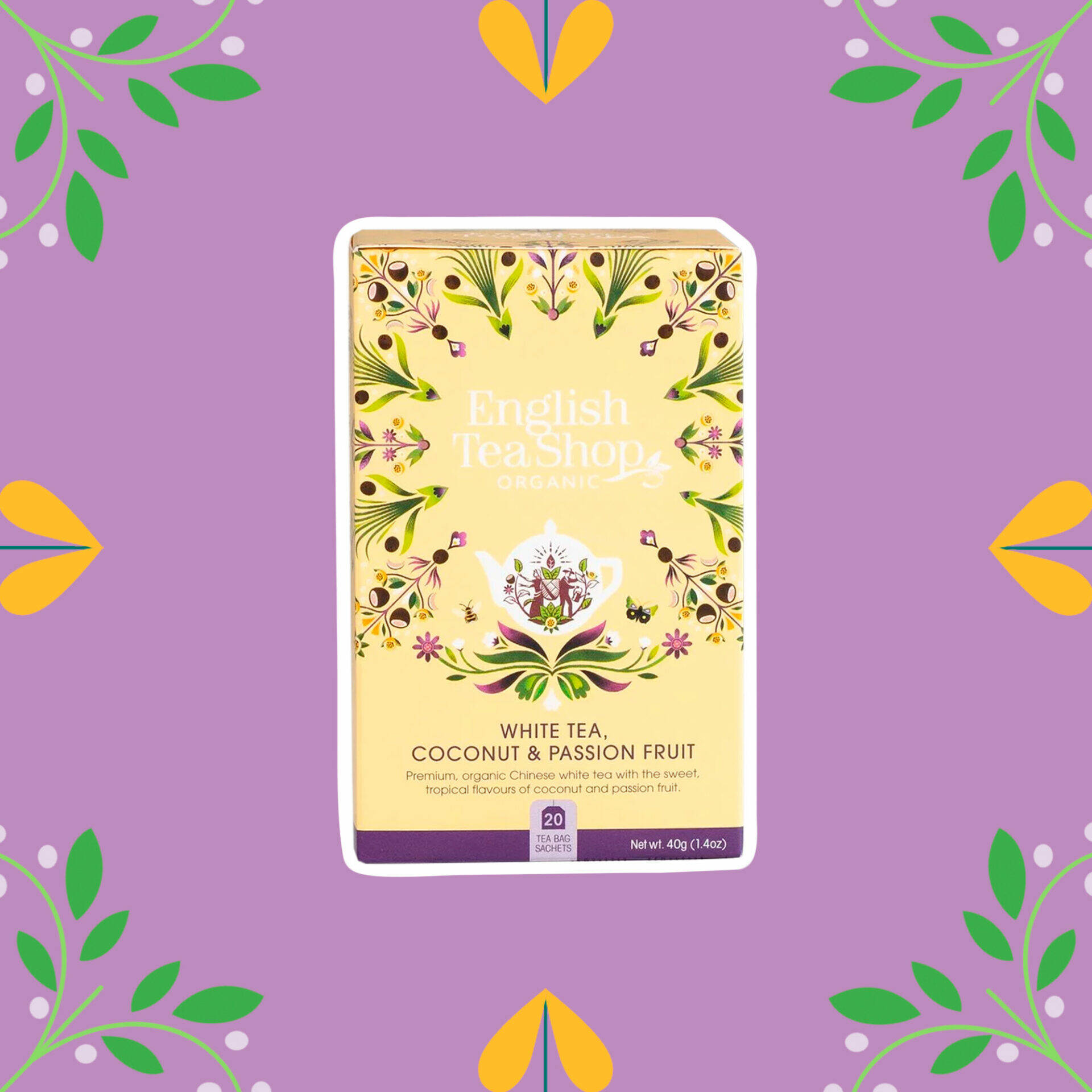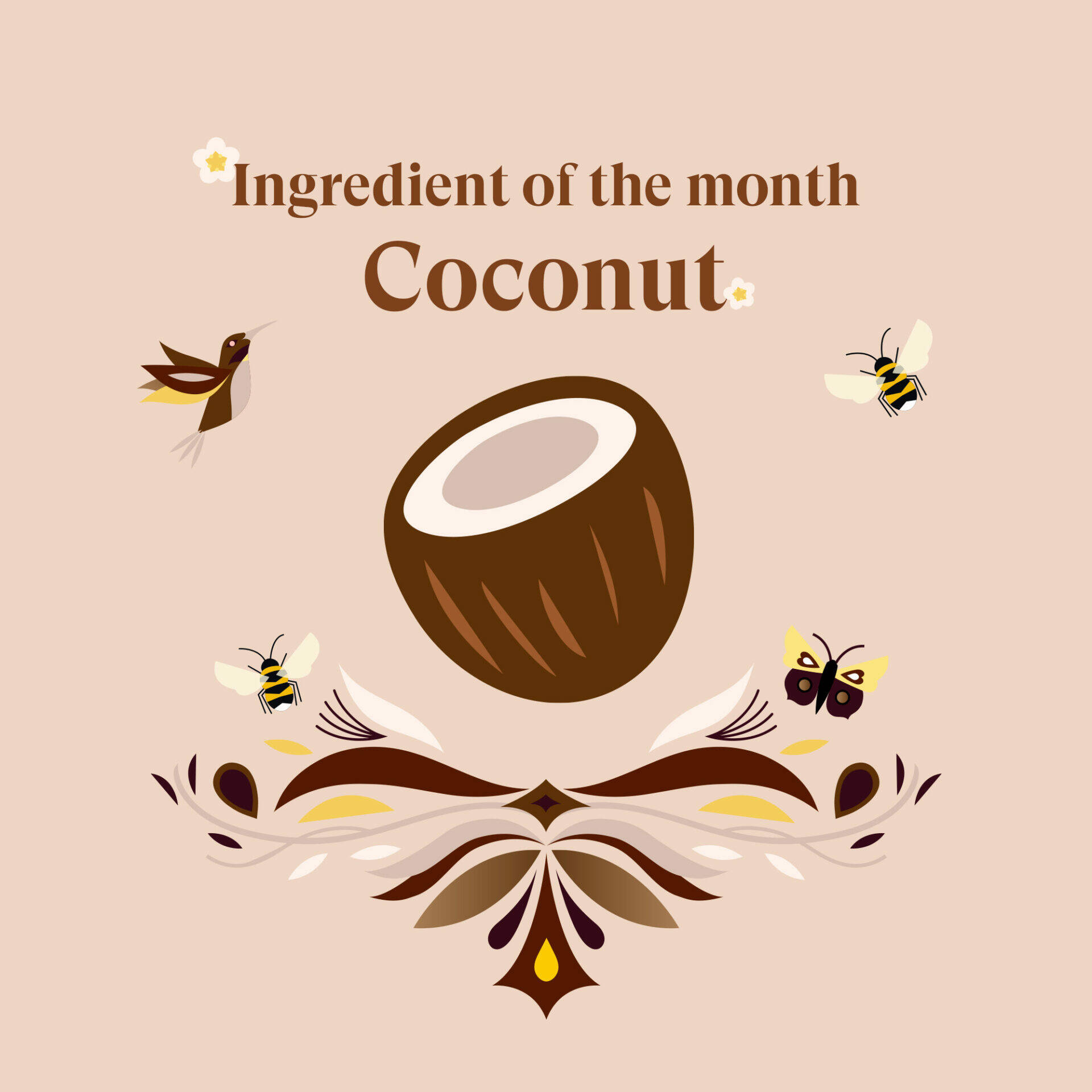Conjuring images of swaying palms on tropical islands, exotic coconut has long been a favourite ingredient in sweet treats and curries. But did you know it can also enhance tea?
Fun facts
The name coconut is nothing to do with cocoa. The ‘coco’ part actually comes from an old Portuguese word for head or skull. 16th century Portuguese sailors thought the three indentations on coconut shells resembled grinning faces!
Technically it’s not a nut at all but a ‘drupe’ – a fleshy fruit with a stone inside, like a peach.
Native to parts of the Asia Pacific, coconut palms were later introduced to wider Asia, Africa and South and Central America.
Coconuts are very buoyant; in fact, they evolved this way for seed dispersal via the sea.
In the Hindu religion coconuts are often given as offerings while the flowers are displayed at weddings.
Multi-use marvel
We can drink coconut water, eat coconut flesh and make it into milk.
Besides being used for frying, coconut oil is a popular vegan substitute for butter in baking because it remains solid up to 24°C.
Coconut ‘coir’ or husk can make ropes, mats and sacks while the shells are often fashioned into bowls and cooking utensils.
Coconut oil and milk are used for their moisturising properties in soaps, creams, hair oils and cosmetics.
Healthy habits
With electrolyte minerals including magnesium, potassium, calcium and sodium, coconut water has become popular as a sports and health drink.
In World War II it was even used as an emergency IV drip substitute in tropical areas.
‘Pulling’ with coconut oil – swishing it around the mouth to reduce bacteria, is a Western trend derived from traditional Asian medicine.
Our coconut teas

Our organic White Tea, Coconut & Passion Fruit blend not only has an enticing name but also a sunny yellow hue. It even smells like an exotic fruit salad!
The premium Chinese white tea base makes the brew deep and powerful. The coconut then adds a nutty depth while the passion fruit flower and lemongrass bring fruitiness and freshness. Finally, a touch of ginger gives the brew a kick.
It all adds up to a refreshing tea for any occasion.
Ready for a taste adventure? Try our Mate, Cocoa & Coconut Tea. Both fruity and fragrant, it combines cocoa and coconut with yerba mate leaves, which are traditionally used in a South American herbal drink.
Liquorice adds structure and depth to the brew. We’ve also included ginger for zing and sweetness.
This is a beautifully well-rounded tea with the maltiness of the yerba mate complemented by the rich cocoa and sweet coconut.
You can drink it on its own, but it’s good to know it also works well with spicy foods!
